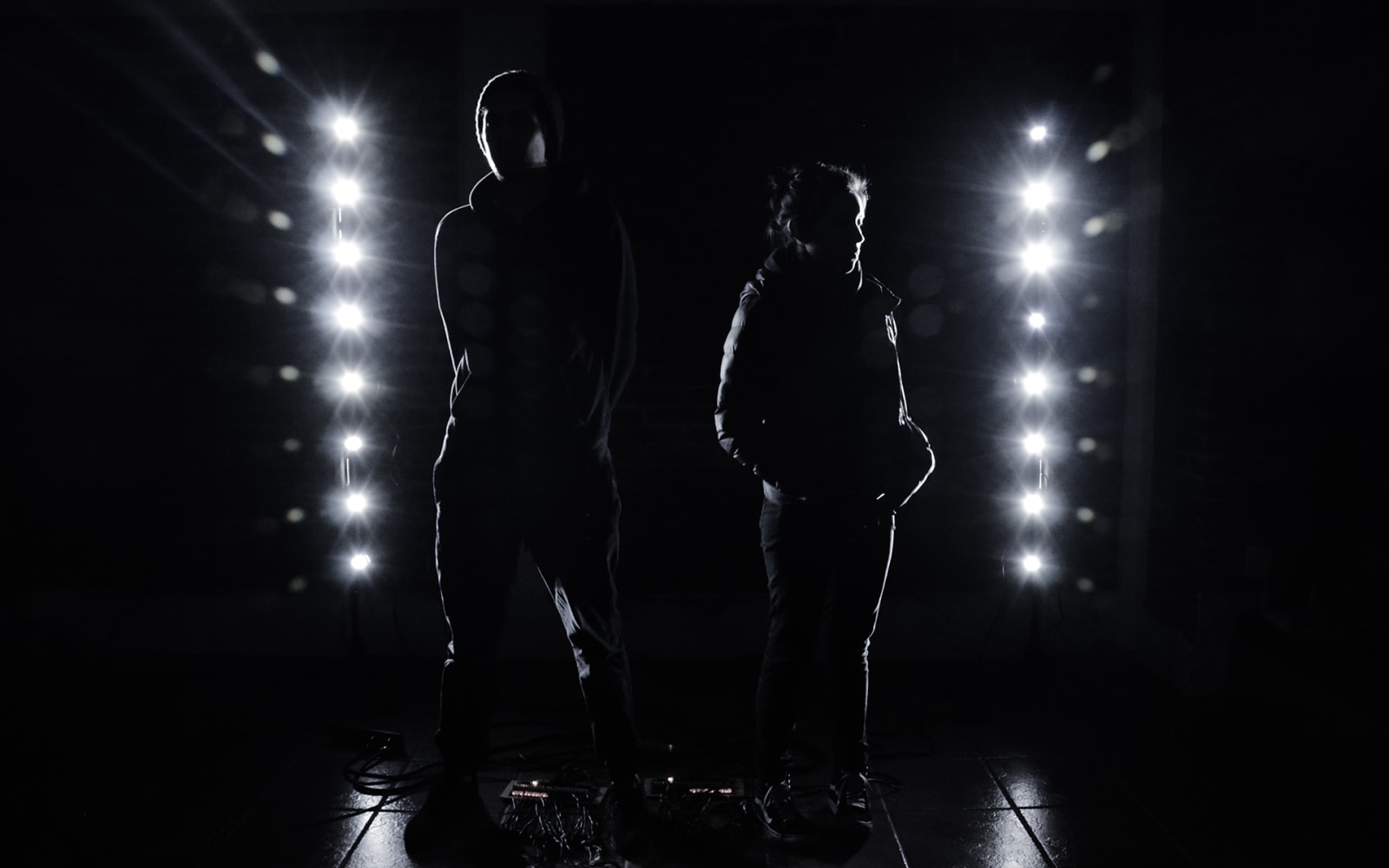artwork infos
landscape
photogrammetry
03:58
n/a
Studio F3
Rojo
Studio F3
Humandrama 2
Studio F3
Turbulence - vertical
Studio F3
Noche
Studio F3
Al medio dia
Studio F3
Solid - vertical
Studio F3
Turbulence
Studio F3
Rojo - vertical
Studio F3
Line field - Vertical
Studio F3
Humandrama 2 - Vertical
Studio F3
Solid
Studio F3
Humandrama 1
Studio F3
Bastardo
Studio F3
Humandrama 1 - Vertical
Studio F3
Line field
F3 is a multimedia art studio created by artists and designers Gabriela Reyes [Cero Tres] and Jorge Flores [FFakt] based in Mexico City. The artistic practice of F3 is a fusion of the aesthetic, social and existential vision of two minds, lovers of abstraction and exploration of the phenomenology of light, form, space and sound. Their work shows their taste for simplicity. Through the observation, study and analysis of basic concepts, they develop and trigger a series of ideas and discourses that lead them to generate their own interpretations expressed in audiovisual compositions that may vary between installations, performances, video, objects and drawings.
They presented their work in Mexico and abroad in spaces such as the PUMPUMYACHKAN Festival Asimtria 16 (Cusco | PE), NODE Forum for Digital Arts 2020 (Frankfurt | DE), Athens Digital Arts Festival 2020 (Atenas | GR), Centro de Cultura Digital (Mexico City | MX), Paradise Festival (Cap Cana | DR), Centro Nacional de las Artes (Mexico City | MX), CMD_Festival (Mexico City | MX), Showfields (New York | EU), among others.

Noche
photogrammetry
landscape
03:58
n/a